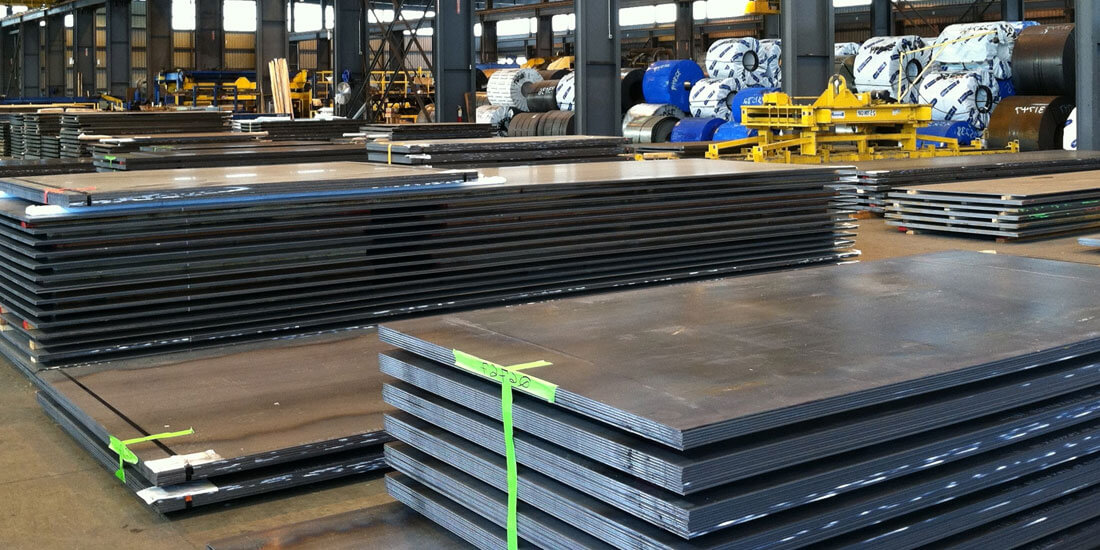AISI 4047

Alloy steels consist of a broad spectrum of steels whose compositions surpass the limitations of C, Mo, Cr, Va, Mn, Ni, Si, and B which have been determined for carbon steels. In general, these steels are more responsive to mechanical and heat treatments than carbon steels.